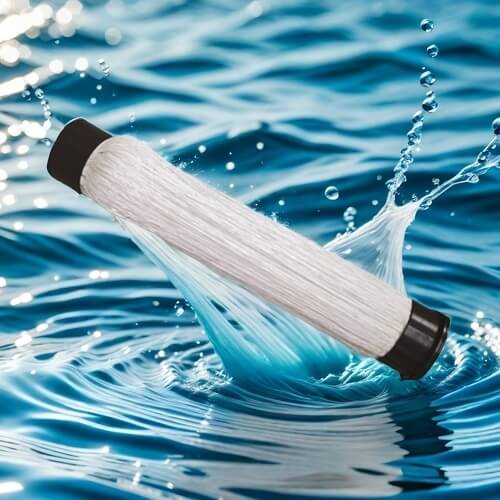Difference between sewage treatment index SS and COD
In the field of sewage treatment, **SS (suspended solids) and COD (chemical oxygen demand)** are two important water quality indicators. Understanding their differences is essential for effective monitoring and management of water quality. This article will discuss in detail the definition, determination method and application of each indicator of these two issues in sewage treatment.
Definition of SS and COD
SS (suspended solids)
SS, or Suspished Solids, refers to solid particulate matter suspended in water. These particles may be organic or inorganic, usually including silt, plant residues, microorganisms, etc. The concentration of SS directly affects the turbidity and transmittance of the water body, thereby affecting the aquatic ecosystem.
COD (chemical oxygen demand)
COD, the full name of which is chemical oxygen demand, refers to the amount of oxygen required to oxidize organic matter in water using strong oxidation (such as potassium dichromate) under specific conditions. The COD value reflects the degree of pollution of organic matter in water, and a value of 0 indicates that the water body is seriously polluted.
Determination method
Determination of SS
SS is usually determined by filtration. The specific steps are as follows:
Filter a certain volume of water sample through the filter membrane.
After filtering, dry the filter membrane in a drying oven to constant weight.
Calculate the ratio of the solid mass on the filter membrane to the volume of the water sample, expressed in mg/L.
COD determination
Common methods for COD determination include:

Potassium dichromate method: Under acidic conditions, use potassium dichromate as an oxidant to determine the amount of oxygen consumed.
Potassium permanganate method: Applicable to wastewater containing easily oxidizable organic matter, mainly used for the detection of natural water or general wastewater.
Difference between SS and COD
Data Definition Supervisor Determination method
SS Suspended solid particles in water Turbidity of water and solid pollution Filtration method
Chemical oxygen demand The amount of oxygen required for the oxidation of organic matter in water Organic pollution degree Potassium dichromate method, potassium permanganate method
Director qualifications
Different properties: SS mainly reflects solid particles in water, while COD reflects the demand for oxygen by organic matter.
Influencing factors: SS is affected by factors such as water flow rate and sedimentation time, while COD is closely related to the type and concentration of organic matter in the water.
Treatment significance: Reducing SS can improve water transparency and ecological environment, while reducing COD can reduce the negative impact on the water ecosystem.
Application in sewage treatment
In the sewage treatment process, monitoring SS and COD is an important means to evaluate the treatment effect. By analyzing these two indicators, you can:
Judge the sewage treatment effect: For example, the SS and COD of the effluent after secondary treatment should be lower than the prescribed standards to ensure discharge safety.
Optimize the treatment process: According to the data of SS and COD, the sewage treatment process can be adjusted to improve efficiency.
Conclusion
SS and COD are important indicators of sewage treatment towers, reflecting different types of pollution. Understanding the difference between them and their significance in practical applications will help to better manage and improve water quality, thereby improving water quality and protecting the environment and ecosystem. By scientifically and rationally controlling these two indicators, aquaculture, industrial monitoring and urban sewage treatment facilities can effectively reduce the negative impact on the environment and achieve sustainable development goals.
